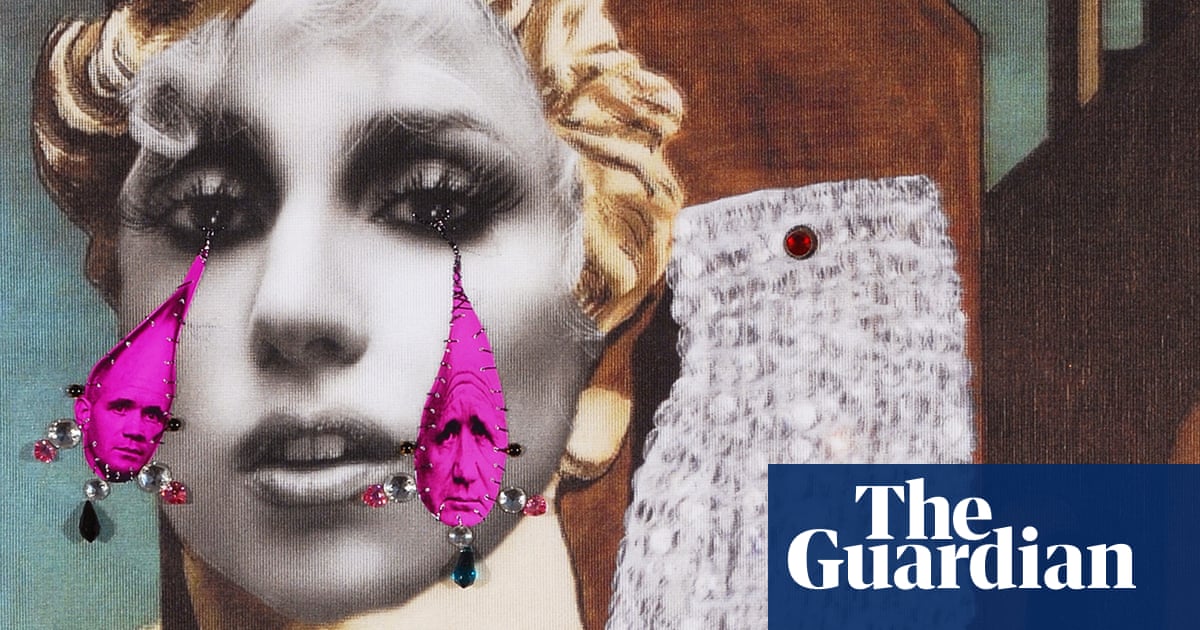
Iam from Yorkshire, but I live in London – which makes York a pretty much perfect destination for me. Getting there takes less than two hours on the train and yet, once you arrive, everyone (or nearly everyone) has reassuringly flat vowels. There is the Minster, for evensong, and the walls, for walking; there are good secondhand bookshops (Fossgate Books is brilliant), excellent restaurants (go to Cave du Cochon and have a black pudding macaron with your glass of wine) and a very special shop in High Petergate that deals in Japanese prints. There is, incidentally, also an excellent place to stay, though I think I’m going to keep that address to myself for the moment.
But it’s York’s art gallery that I really love. For one thing, it’s just the right size, neither too big nor too small: the visitor can satisfy all sorts of impulses without ever feeling anxious about what they might miss. For another, its permanent collection is packed with hits. We always look out for Cheyne Walk in Sunshine (1887-88), by the great London impressionist Paul Maitland; if Sally Arnup’s bronze Irish Wolfhound (Burt) was ever not to be on display, I would be quite miserable.
Best of all – and this would seem to be something of a secret outside the city – it has the biggest, and one of the most important, collections of British studio ceramics in the country. The result of gifts made by passionate (you might call them crazed) private collectors, it features work by more than 600 artists, and in excess of 5,500 objects, quite a lot of which are always on display in the Centre of Ceramic Art (CoCA), which, since 2015, has been housed in two wonderfully light upstairs galleries.
If you love studio pottery, or even if you don’t, these airy, well-organised rooms are heavenly to visit. No major name is missing from the collections, and the temporary exhibitions staged by the CoCA are, without exception in my experience, seriously good.
I’ll never forget, in 2018, stumbling on a small display of Lucie Rie’s ceramic buttons, produced for the British fashion industry during the war when many factories had been requisitioned – work by her that was completely new to me (Rie is best known, of course, for her spare, finely thrown bowls and vases, and for having employed another potter who would one day become famous, Hans Coper).
When I’m stuck on a bus and feeling fractious, I sometimes look at the photographs I took on my phone of these tiny works of art. In their neat rows, some the colour of bone and others viridescent, bright amber and even custard yellow, they’re oddly soothing as well as beautiful.
But I digress. The collection began in the 1950s, when the Very Rev Milner-White, the dean of York, left his pots to the gallery. Milner-White began collecting in 1925, when modern pottery held little interest for most people, and thanks to this, and to his uncommon devotion to stoneware, among the greats whose work he bought are William Staite Murray, Shōji Hamada and Bernard Leach. From here, others followed suit, among them W A Ismay, once the most prolific collector in the UK (we’ll come back to him); Henry Rothschild, the founder, in 1945, of the pioneering Primavera Gallery; and Anthony Shaw, whose long-term loan of decorative ceramics includes 550 Rie buttons.
Do you know about Ismay? Currently on display at the CoCA is the Yorkshire Tea Ceremony, an exhibition devoted to his life that could hardly be more inspiriting if it tried. On the surface of it, you see, William Alfred Ismay (1910-2001) was an ordinary man, living all his life in a small terraced house in Wakefield, West Yorkshire, and working in the same job as a librarian until his retirement. But in another way, he was quite extraordinary.
In 1955, he was gripped – who knows quite why – by a desire to form a small collection of pots made in Yorkshire, and so began what would turn into an extremely long buying spree. By the time of his death, he owned approximately 3,600 pots, all of which were on display in his tiny house – a collection that included work not only by noted local potters, such as Barbara Cass and Joan Hotchin, but by Rie, Coper and Leach; by Michael Cardew, Waistel Cooper and Geoffrey Whiting (and dozens more). Sometimes, he would spend a week’s, even a month’s, pay on a new pot. Would it be possible for the son of a cloth presser to build such a collection now? Could such a thing happen? This is something to think about as you wander around, though the unavoidable answer may make the heart ache a bit.
Among potters and art historians, the house in Welbeck Street, with its outside lavatory and the bath that lived in a kitchen cupboard, eventually became a place of pilgrimage – Edmund de Waal is among those who once “applied” to visit Ismay there – and thanks to the CoCA, we’re now able to pay homage, too. In the Yorkshire Tea Ceremony, there are fascinating photographs and films of the house’s bulging, homely interiors, as well as re-creations of his cluttered mantelpiece, and the kitchen table where he ate his breakfast and used his typewriter, only half of it available for these purposes because the rest was covered in neat rows of cups and bowls and vases.
Such displays have proved so popular, the exhibition is now set to run on into 2023 (it opened in 2021), which is brilliant news. I can’t imagine the person who wouldn’t enjoy this exhibition (and if such a human did exist, I could never love them). It’s such a fine and unique thing, art and social history combining in ways that both stir the soul and make you want immediately to invest in some lovely teapot or coffee set yourself – and the good news on this score is that you can.
The CoCA has a shop, one I’ve never been able to visit without pulling out my credit card. At last! Pots you can actually touch for the full haptic experience. Your own collection, however small, starts here.












